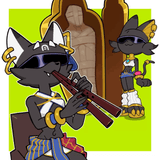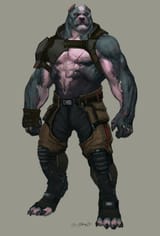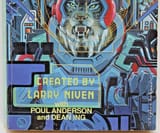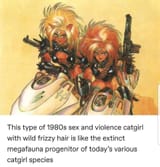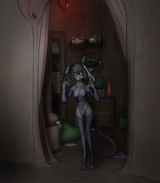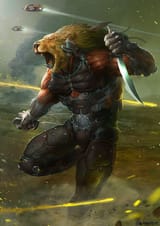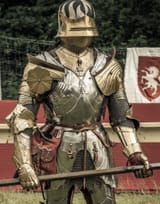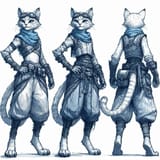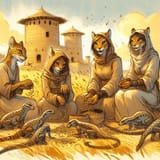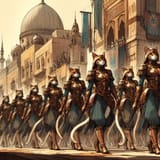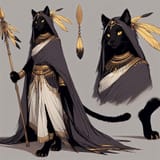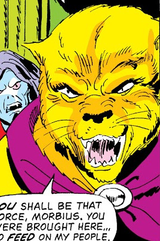>>95917488
2/3
Since they're based on housecats, my thought process is that like cats, kyn societal organization was along sex lines. Male cats have large territories that may or may not overlap; females have smaller territories and will nest together with other (usually related) females and their kittens (of both sexes).
In kyn, the major change is that unlike cats, kyn practiced group hunting. Males work together to bring down large game, which could then feed them for some time (especially once the art of meat preservation was invented), as well as be traded with female kyn.
Females instead clustered together, but like the males would hunt in groups. While male kyn focused on large game, female kyn instead were the ones to develop agriculture and start domesticating small but fast-breeding animals, allowing them to hunt less and less and begin to develop a food surplus, which allowed actual civilization to (painstakingly slowly by human standards) develop, eventually creating writing, art, mathematics, etc..
Male kyn weren't completely useless, though; they developed herding, taming and domesticating large animals and following them rather than hunting them, making food more reliable. But they were still leading very mobile existences with comparatively few companions, while the females developed villages and eventually cities that would trade with the males.
Young kyn were raised by their mothers, grandmothers, aunts, and older sisters. When they became adults, male kyn were expected to go out and join the hunter-herder bands, while the female stayed in the cities, tending to the fast-breeding prey and developing their society. Each city had several hunter-herder bands associated with it. The bands would occasionally fight each other for the right to enter the city and take wives, but all the bands would close ranks and work together in the face of outside invasion. The territory controlled by kyn city-states tended to be very large in comparison to Earth.

